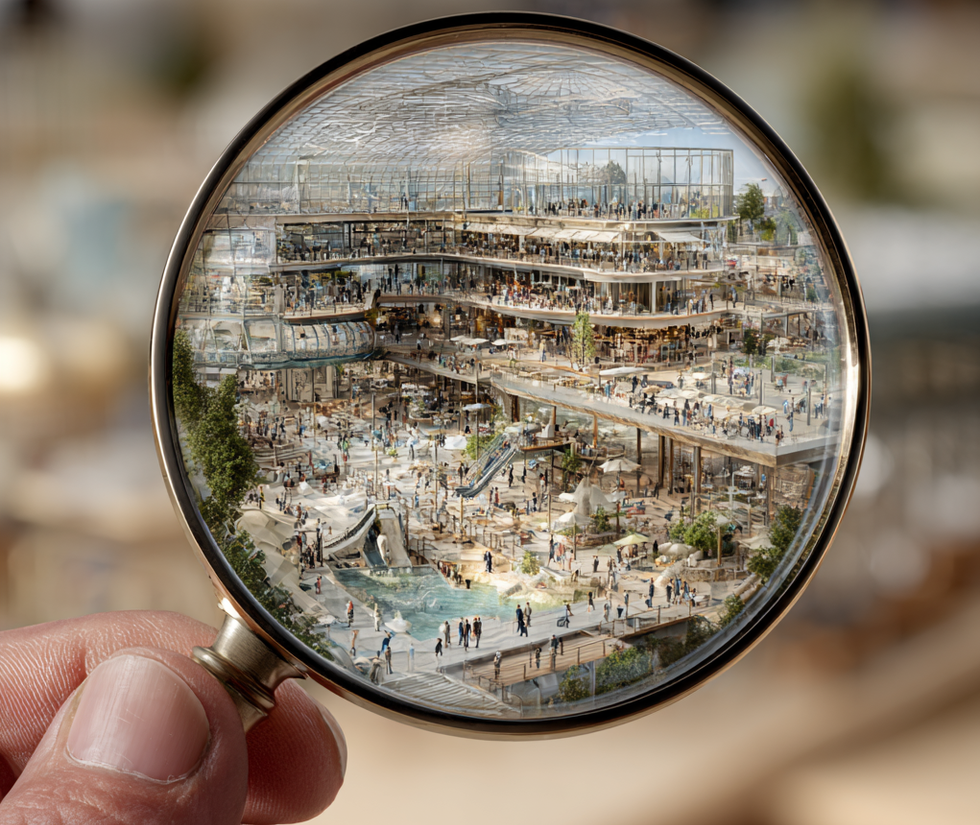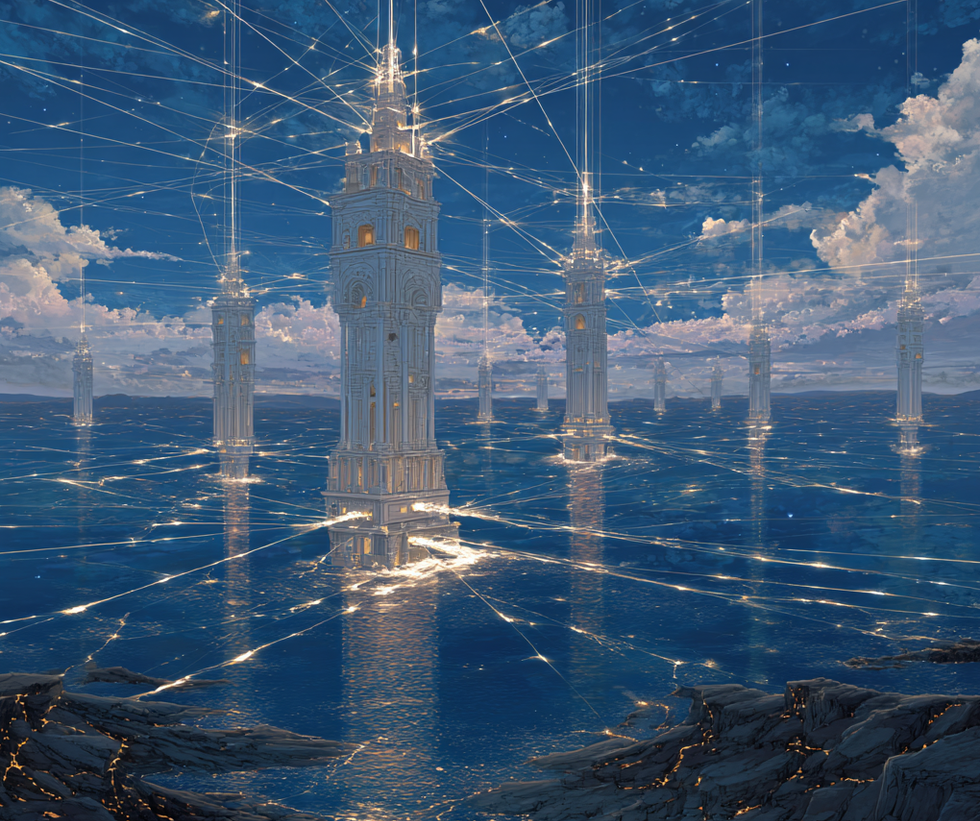By Tim Madison, Raven Sun Creative
Art (and yes, that includes entertainment) belongs to the audience.
It’s an observation of an inescapable truth: to a great extent, the real lifeforce of any creative work - particularly a well-known artwork, experience, or IP - exists beyond the control of those who have legal ownership of it. Anything made for an audience is “co-owned” by its audience - emotionally, socially, and culturally.
To be clear, this is not an argument against the intellectual property rights of creators and IP holders. Nor is it a minimization of the importance of the artist, writer, auteur, or source. If a creative offering connects with people, as we always hope it will, it also becomes integrated into their being. We can’t own what lives in the hearts and minds of the audience.

That dynamic of co-ownership can be both an opportunity and a challenge for an artist, IP holder, or licensee to navigate when they’re building upon an established property. It’s a relationship that can either be enhanced or damaged, in ways that can have real repercussions for an IP’s bottom line.
The nature of any IP as the audience’s emotional property must be respected and understood, and also treated as an ever-evolving open conversation.
When enhanced, this can represent an opportunity for content growth, multi-generational relationship building, and new market adoption. If the stewards of an IP violate the implicit rules of the “audience contract”, it can have an equally negative impact on the franchise value of the property.
Making emotional IP real
The visitor destination is the ultimate point of intersection between audience, IP, and IP holder. Whether it’s a standalone attraction, theme park land, pop-up experience, special event, or museum exhibit, the destination’s mission is to engage the guest in a personal experience of a communal property.

So, for audiences, a location-based expression of an IP promises special access to a beloved story world in which they’ve staked a personal claim.
The emotional impact and meaning of such an IP experience, whether it’s gazing up at the Millennium Falcon for the first time or setting foot in Diagon Alley, can be profound in ways our wider culture seldom fully acknowledges. These are places of secular pilgrimage where guests come to commune with the spirit of their chosen mythology.
Stay true and expand
The most successful IP adaptations find a way to harmonize two seemingly paradoxical duties, namely:
- To be true to what people know. The project needs to serve the existing franchise with deep fidelity to both the macro and the micro. It has to be an authentic embodiment of the IP. It must capture the spirit and substance, as well as the and emotional content of the material, with lovingly observed precision.
- To expand, extend, and enrich the reality of the IP. Adapting an IP to a real world environment needs to transcend an act of replication or reference. The audience is not being told a story, after all. They are being engaged in experiences that are rich in story possibilities. To be successful, a destination needs to realise entirely new dimensions of the IP and expand its meaning. If a destination isn’t making a unique contribution to the franchise, something that feels true and also goes beyond anything the audience has experienced before, it will feel lifeless. This risks leaving the guest feeling dissatisfied and unfulfilled. In the worst case scenario, profoundly lackluster engagement can create a negative emotional impact on the brand relationship. One that may extend indefinitely.
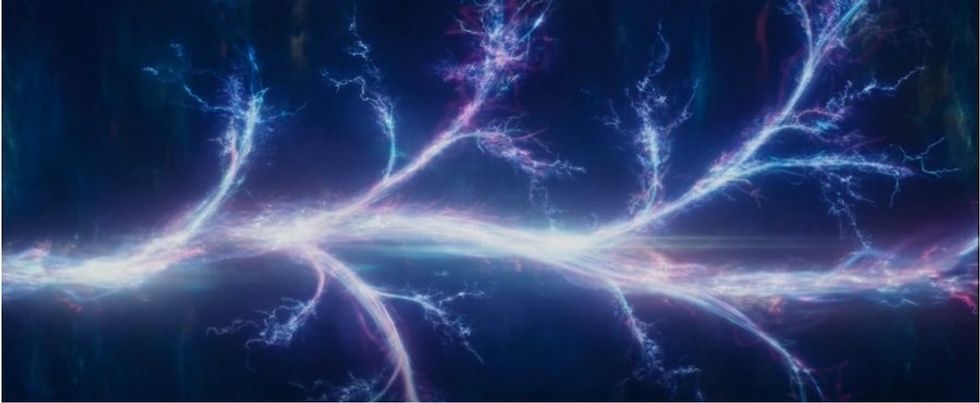
How do you get it right?
A key challenge in satisfying an audience is: no audience is ever monolithic. An IP audience contains multitudes and a vast diversity of personal experience of the property. An IP has as many facets as it does fans.
The creative team needs to bring a wide-ranging mix of voices, perspectives, disciplines, and experiences to the table. This is the best way to capture the multi-faceted nature of both IP and audience. Diverse teams also excel at divergent thinking, idea generation, and producing unexpected solutions.
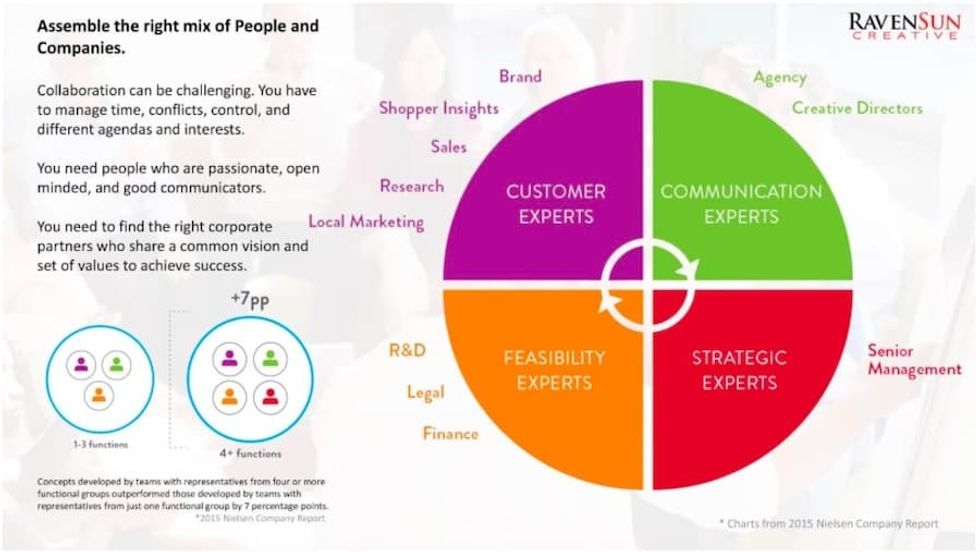
The project needs ‘keepers of the IP’ and team members with a deep knowledge of and passion for the story. But it’s also important to involve “outsider” voices. These can constructively challenge insider perception and biases. The climate needs to be one of additive collaboration, inclusion, and willing exploration.
Divergent teams also require strong creative leadership that excels at both fostering far-ranging exploration and bringing the expedition home.
Approach the IP with ‘Beginner’s Mind’
Yes, a destination adaptation of an IP had better be very much about what fans know and love - and in meticulously observed detail. It needs to faithfully represent what has been established.

That said, there is also value in approaching familiar material with the fresh eyes of a newbie. Stripping away preconceptions about an IP enables a creative team to push past surface reference. It helps them to understand what makes it tick on a deeper level. An adaptation needs to grow authentically from the outside in, and beyond expectations.
Even for an existing fanbase, if you give them nothing but what they already know - a mountain of callbacks, Easter eggs, and references - it will come across as hollow replication.
Discover the IP’s emotional first principle
The emotional first principle is the heart of an IP and a thematic wellspring for the franchise. It starts as a simple elemental truth about why the property resonates so deeply with the public. This is the DNA that contains the code for everything else. Why this story? What’s it really about?
If I had to choose a single moment in Star Wars that best sums up the emotional first principle of the entire saga? It would be the moment when Luke Skywalker gazes longingly into Tatooine’s twin sunset. The image of Luke’s yearning for adventure, for something beyond the ordinary, mirrors the audience’s own. It touches on a very real human truth.
I’m not claiming to have cracked the entire code of the franchise with that simple observation. That’s only a hypothetical starting point for a design thesis. It gets the idea across, though.
It’s true that defining the emotional first principle of a work is to some degree a matter of interpretation. A franchise may well contain multiple possibilities. In fact, the nature of the audience’s sense of emotional ownership means that the work should be open to personal interpretation.
Nevertheless, if you can build a powerful case for how your choice of an emotional first principle informs the rest of the worldbuilding, it will connect an adaptation to something more universally relatable than plot. It will act as a compass point to always bring you back to the all-important question: what’s it all about?
Build a world where many can find their home
In experiential entertainment, the guest is (or should be) integral to the creation of the story. It’s a dynamic that offers a special advantage to a destination. Rather than delivering the fixed, linear narrative of traditional media, a destination is in a unique position. It can provide a world rich with layers of possibility. Here, the individual can discover and enact their own narrative.
This means conceiving a story-rich environment that rewards personal agency, first-person perspective, and multiple styles of engagement.

The IP needs to be reimagined multidimensionally as a living world. One where the waders, swimmers, and divers can all relate to the surroundings on their own terms and find their own emotional meaning.
A destination is not just telling a single or even several narratives. It is creating a narrative ecosystem that supports many forms of guest experience. As with any ecosystem, diversity, in this case, a diversity of story stimuli, is crucial. A rich matrix of experience - atmospheric, aesthetic, sensory, social, cognitive, emotional, narrative, mnemonic - all growing organically from the IP, provides guests with what they need to co-create their own stories.
Conclusion
A location-based IP adaptation has the deep potential to fulfil a diverse audience’s sense of emotional ownership. And it can do this in ways no other medium can. The storytelling in these special places must on some level always be understood as an open-ended collaboration with the guest.
If we can open up the world of the IP in this way and give the guest the keys to a shared kingdom, then we’ll realize the dream at the core of all storytelling.
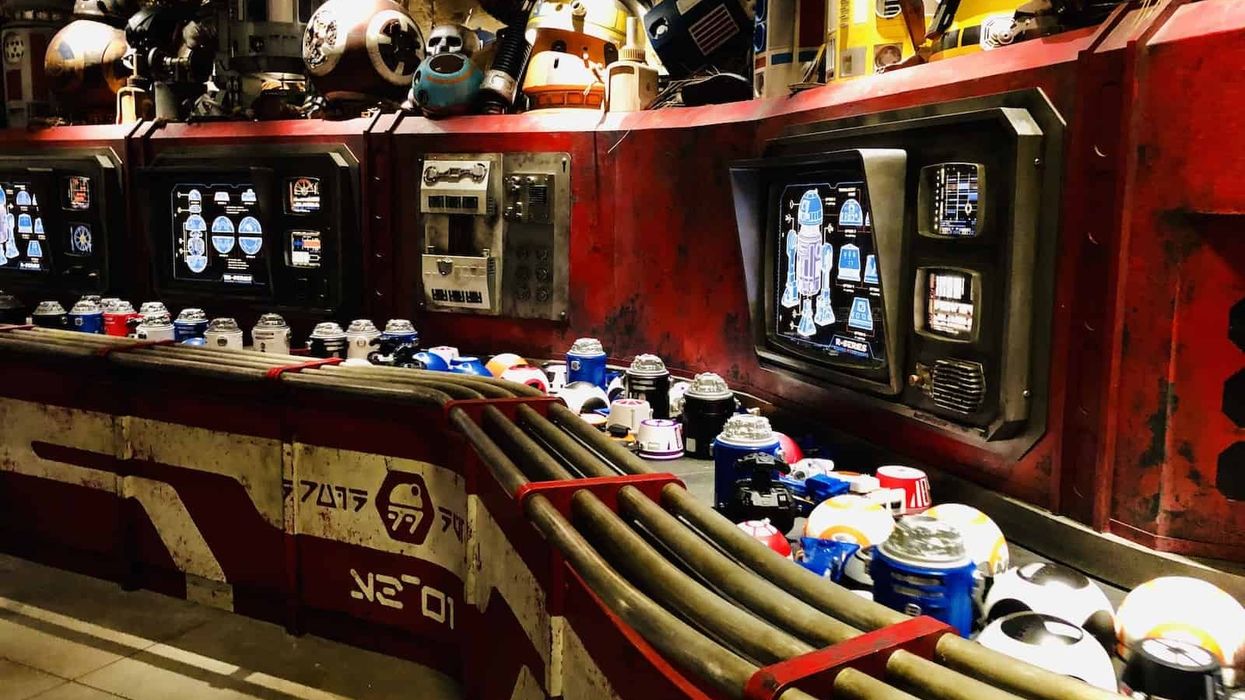

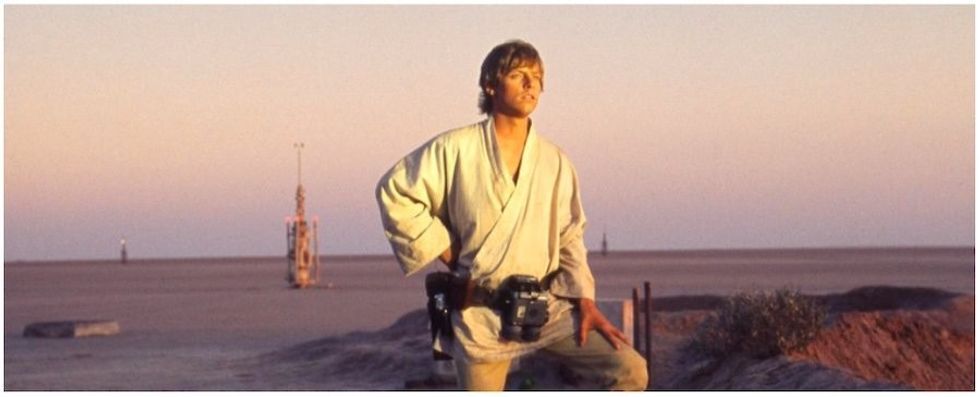


 Christian Lachel, chief creative officer, BRC Imagination Arts
Christian Lachel, chief creative officer, BRC Imagination Arts  Image credit AA+W - stock.adobe.com
Image credit AA+W - stock.adobe.com Chocoversum Image credit Sebastian Fuchs
Chocoversum Image credit Sebastian Fuchs 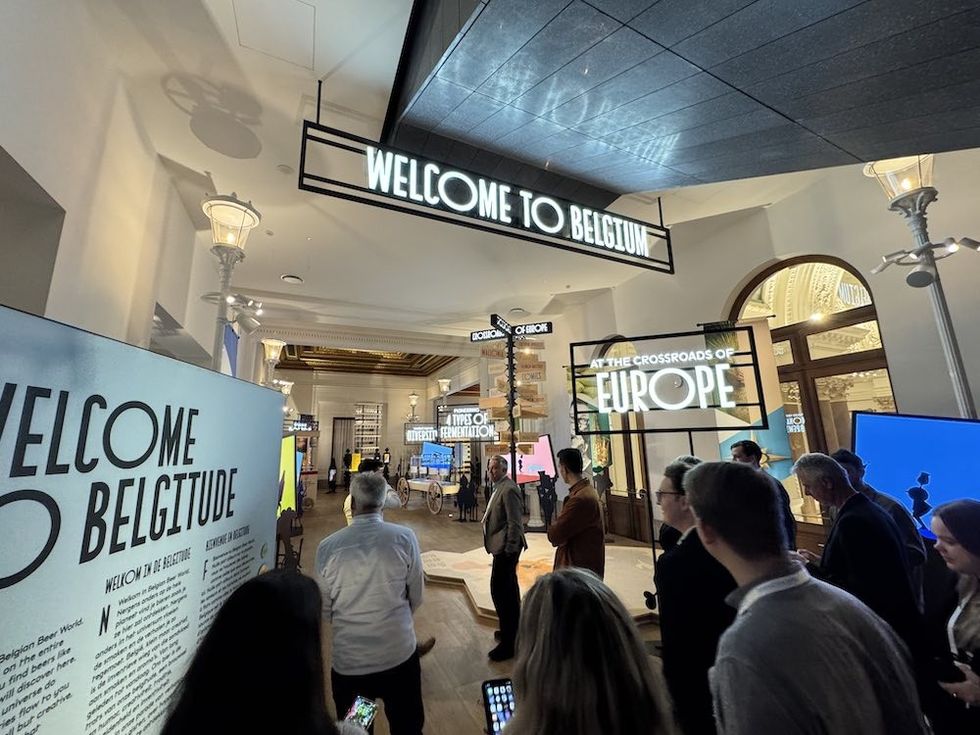 Belgian Beer World
Belgian Beer World 






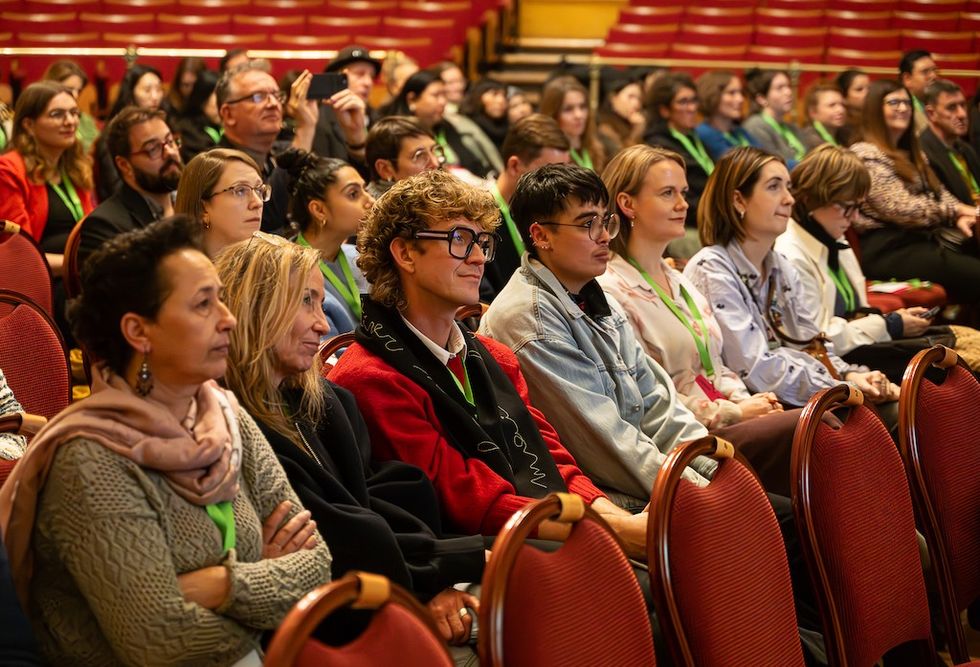
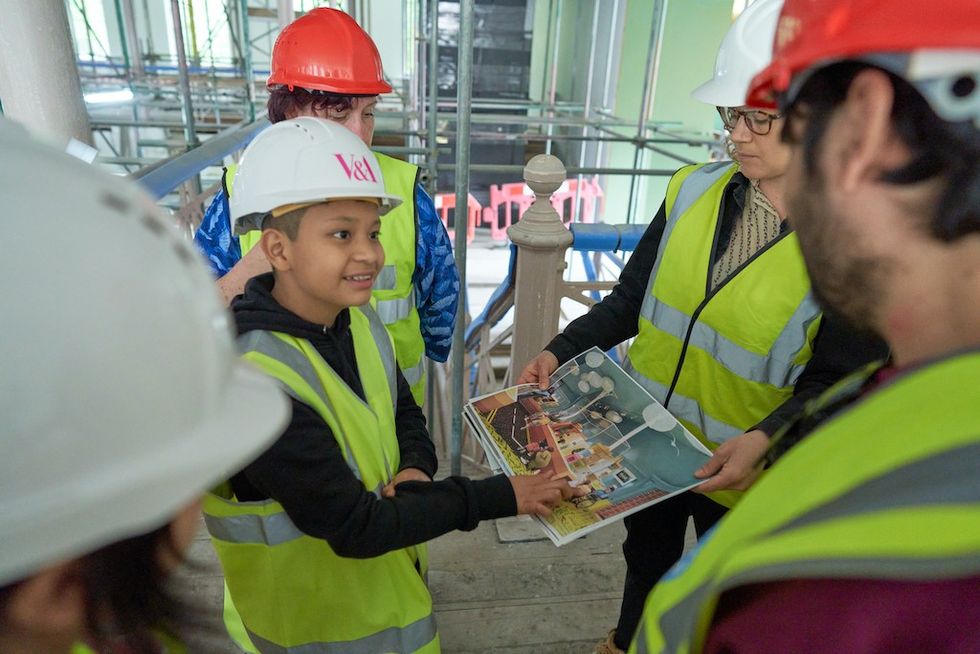 Young V&A Youth Collective members have a tour of the Young V&A construction site. Image courtesy of Young V&A.
Young V&A Youth Collective members have a tour of the Young V&A construction site. Image courtesy of Young V&A. 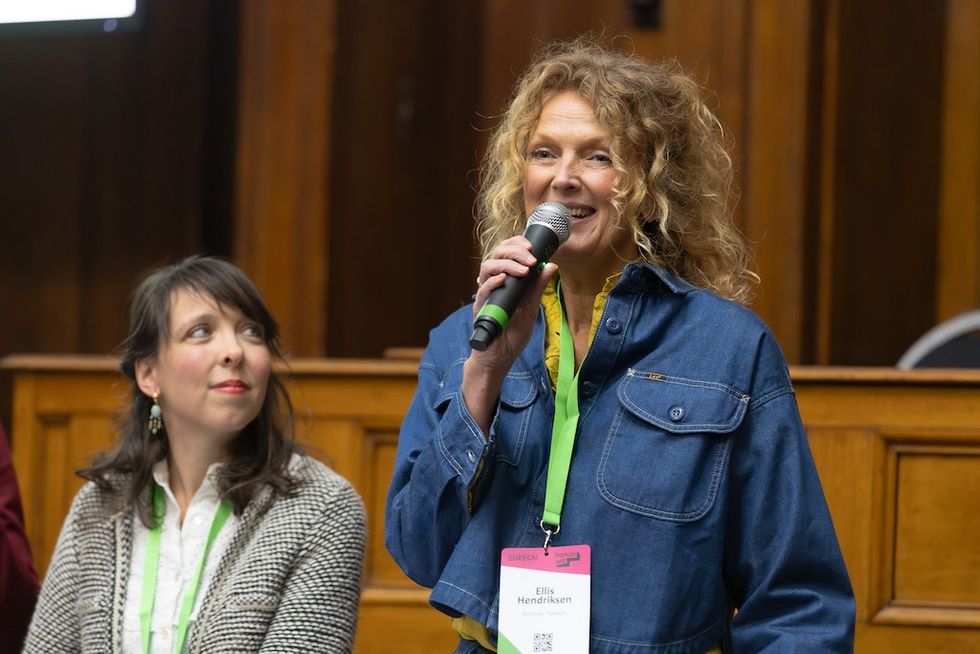 Floriane Perot and Ellis Hendriksen
Floriane Perot and Ellis Hendriksen
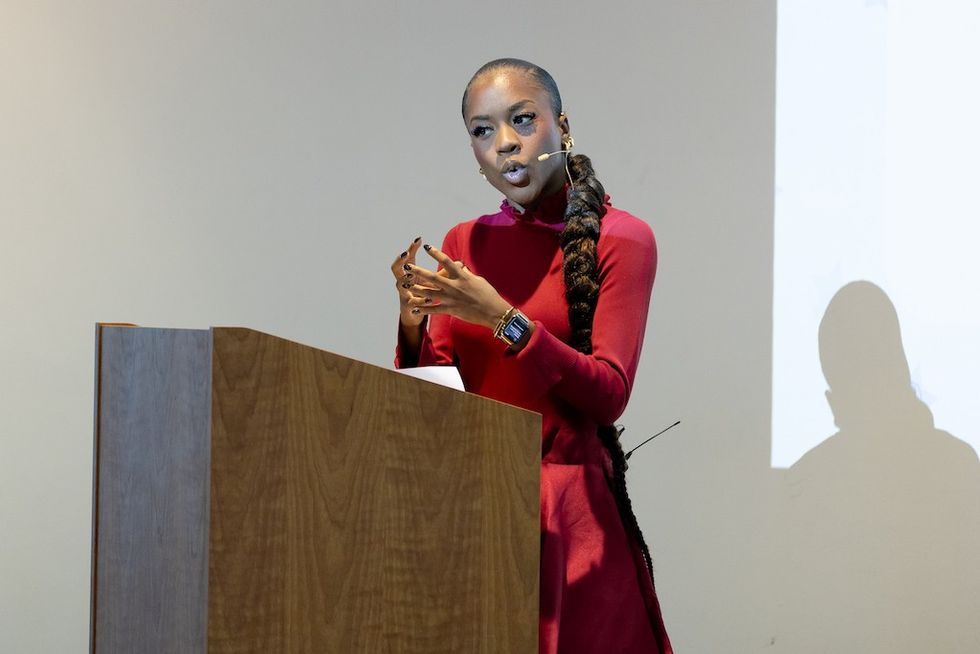 Amber Ogunsanya-William
Amber Ogunsanya-William Tumblestone Hollow adventure playground by CAP.CO
Tumblestone Hollow adventure playground by CAP.CO 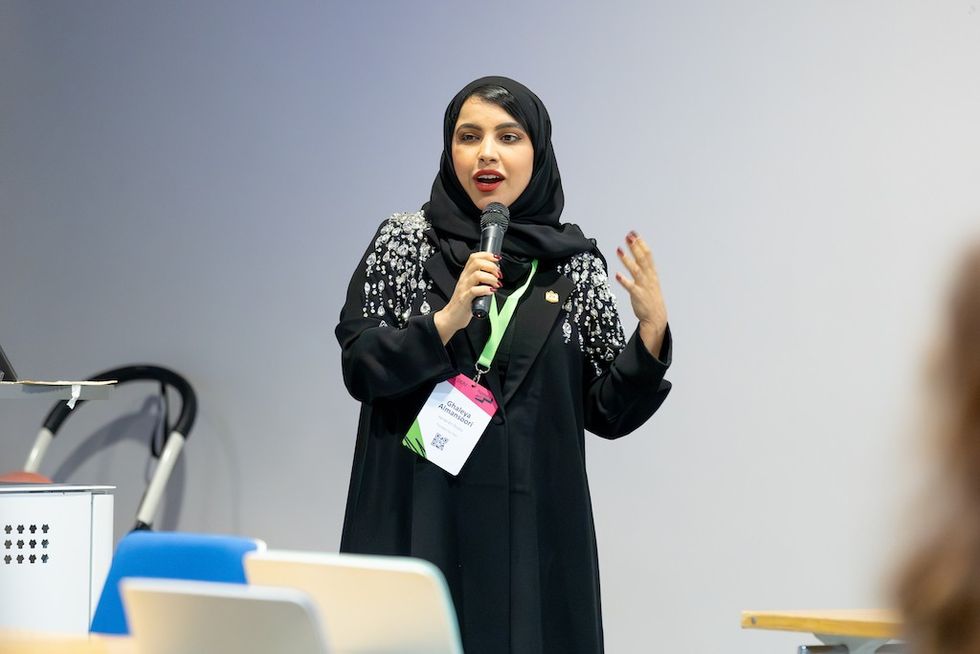 Ghaleya Al Mansoori
Ghaleya Al Mansoori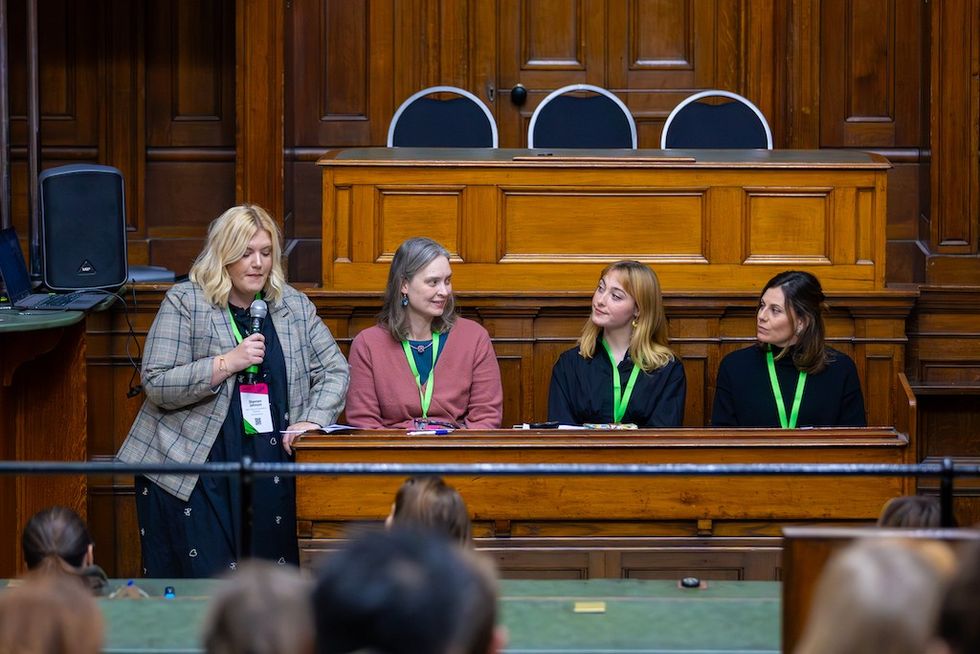
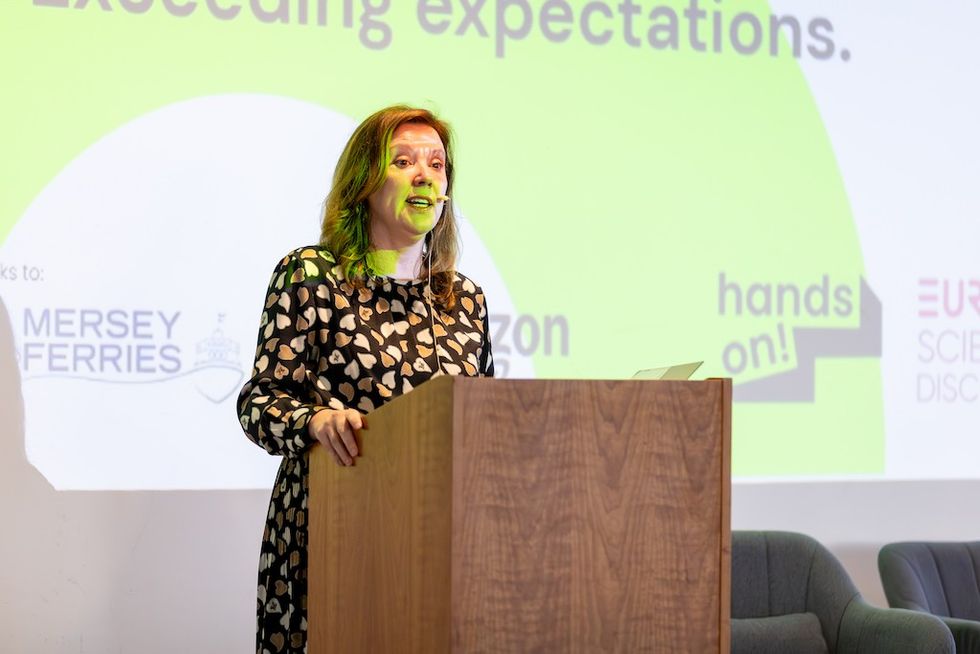 Dame Rachel de Souza
Dame Rachel de Souza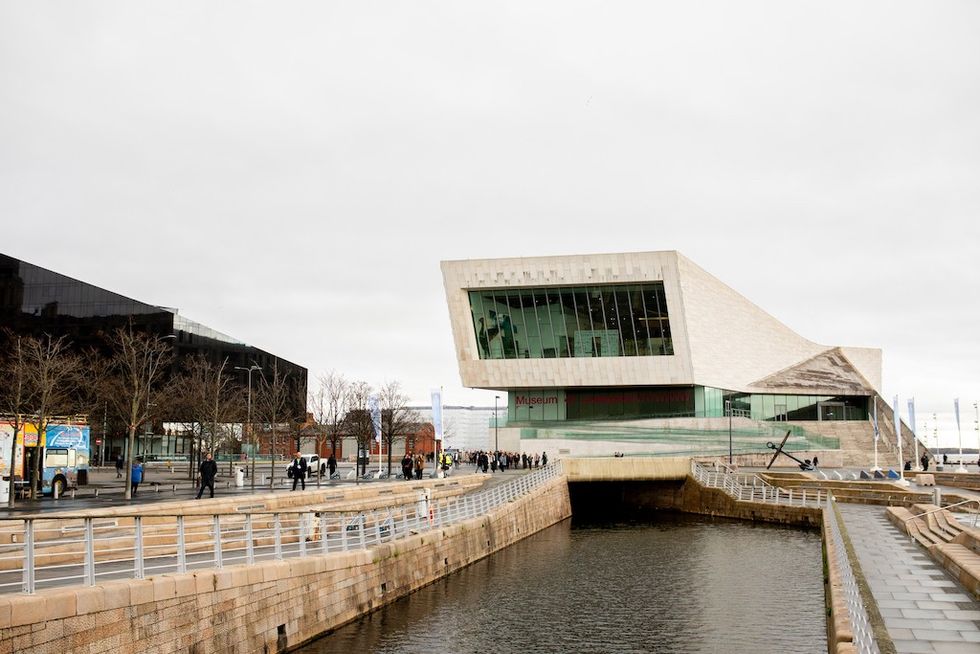 Liverpool Museum
Liverpool Museum
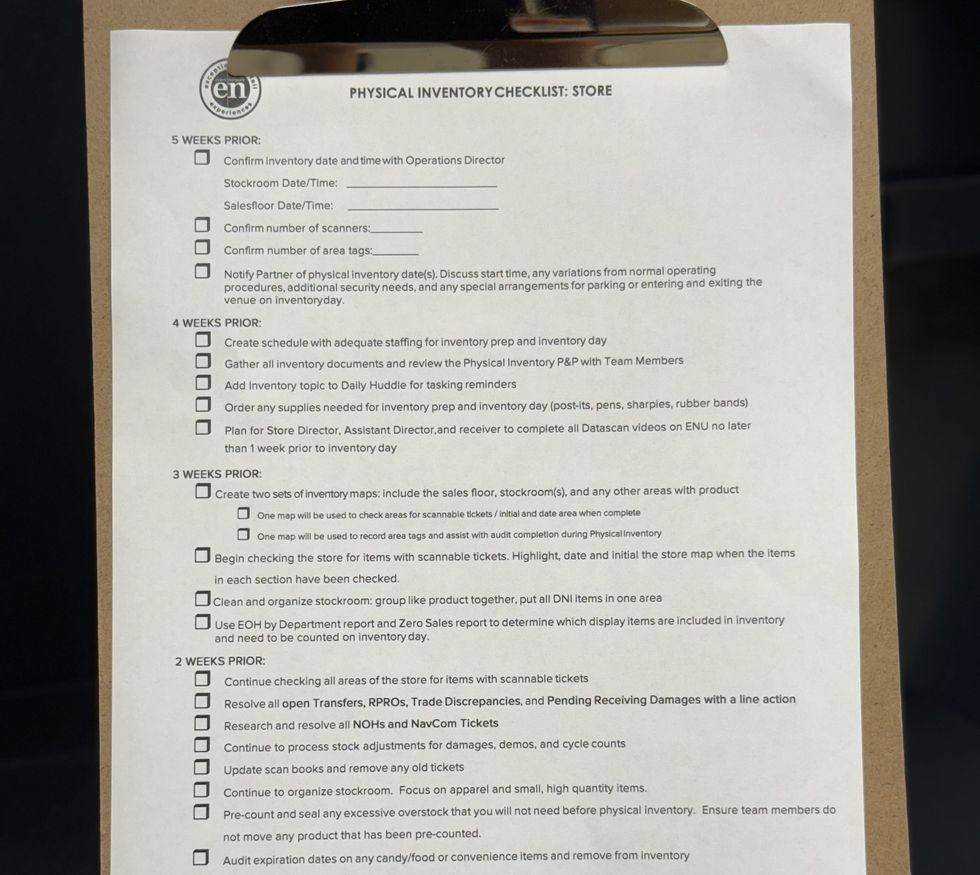

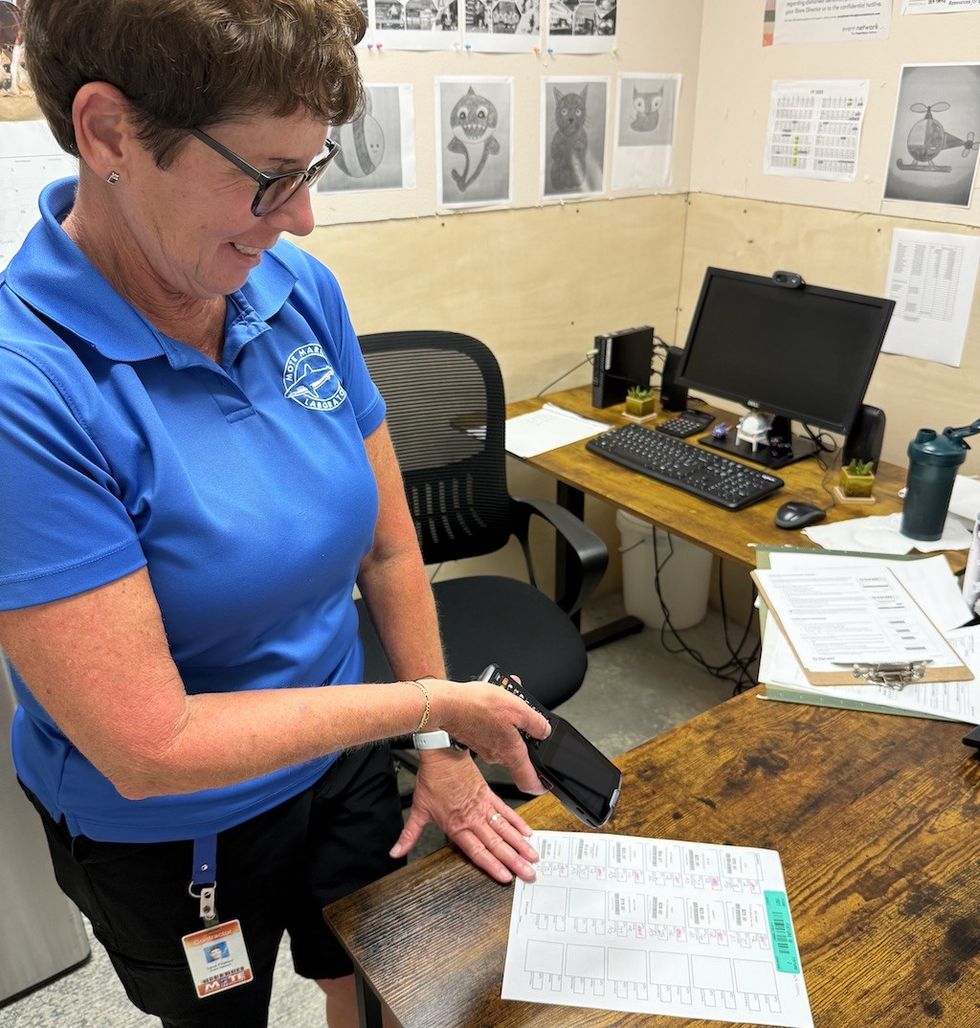


 Guests display a commemorative UN stamp sheet marking the 100th anniversary of the Palace Museum at the UN headquarters in New York, May 2025 (Xinhua)
Guests display a commemorative UN stamp sheet marking the 100th anniversary of the Palace Museum at the UN headquarters in New York, May 2025 (Xinhua)

